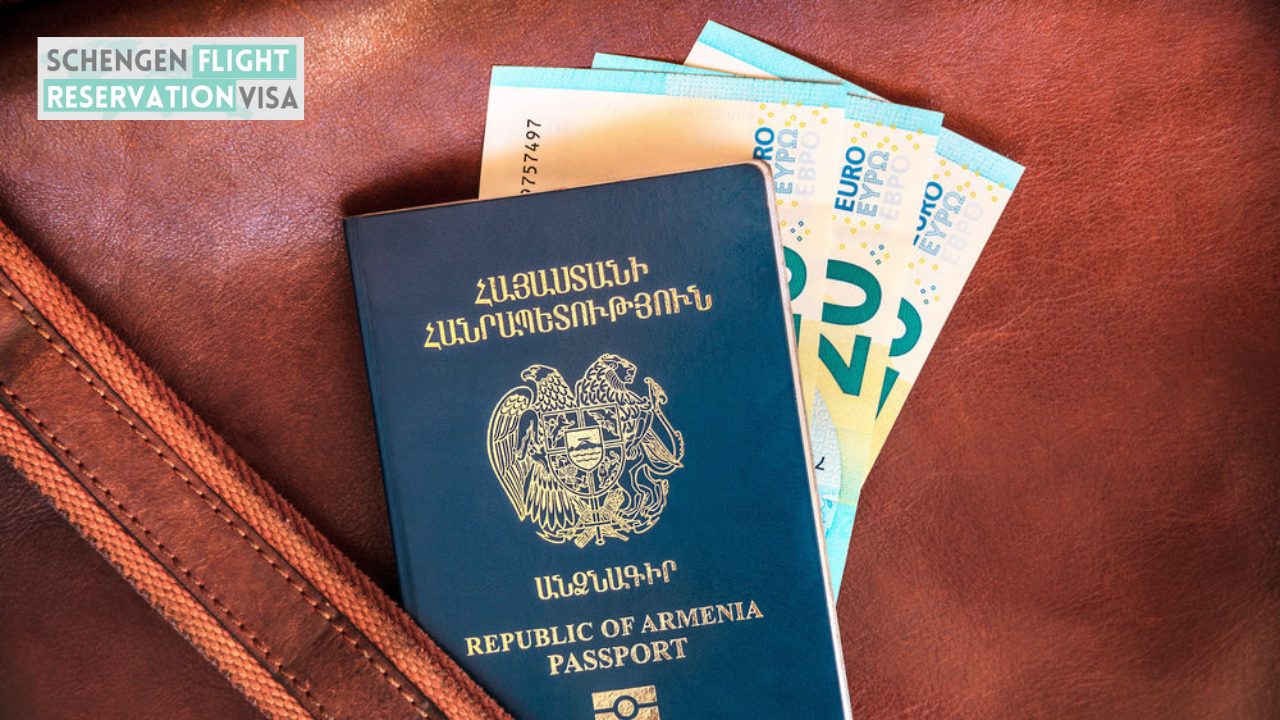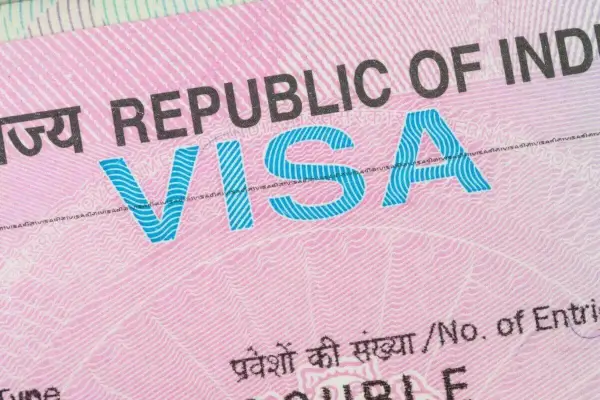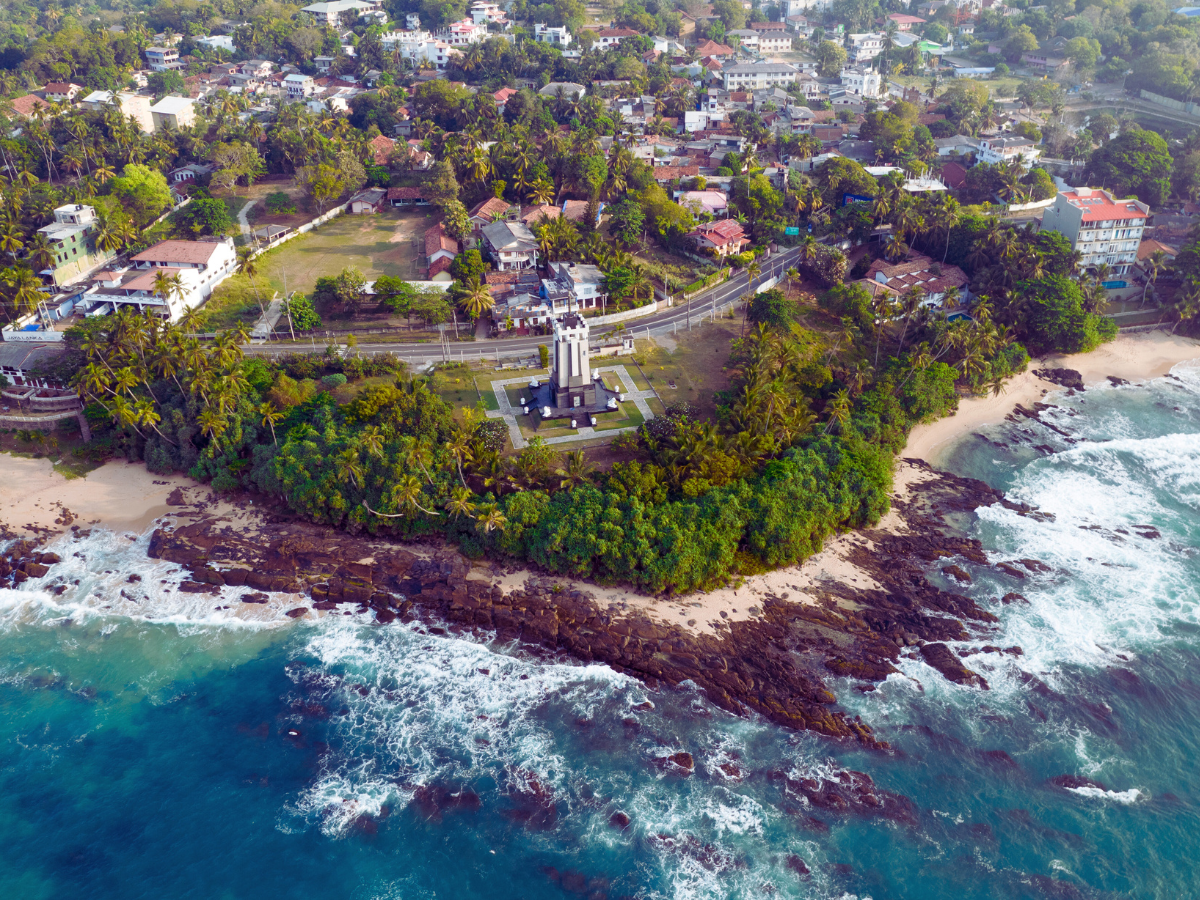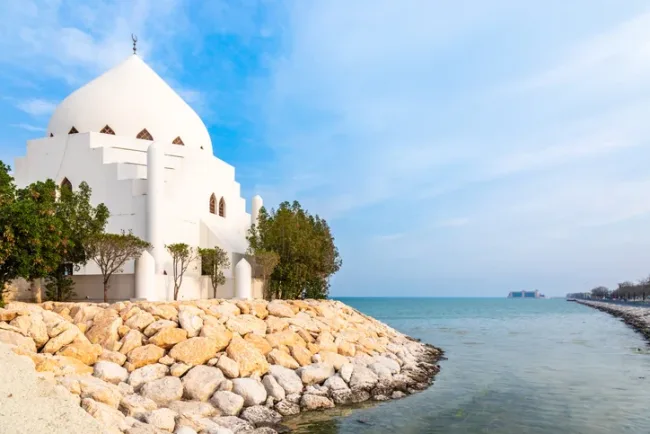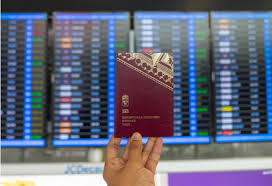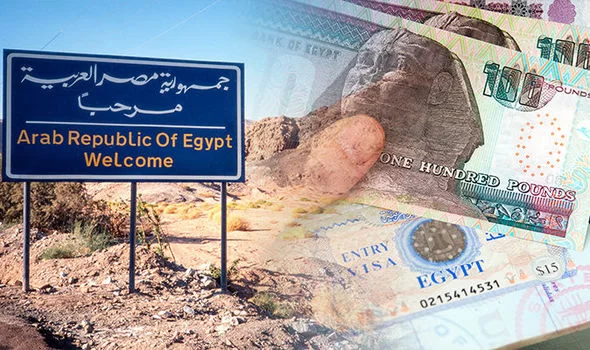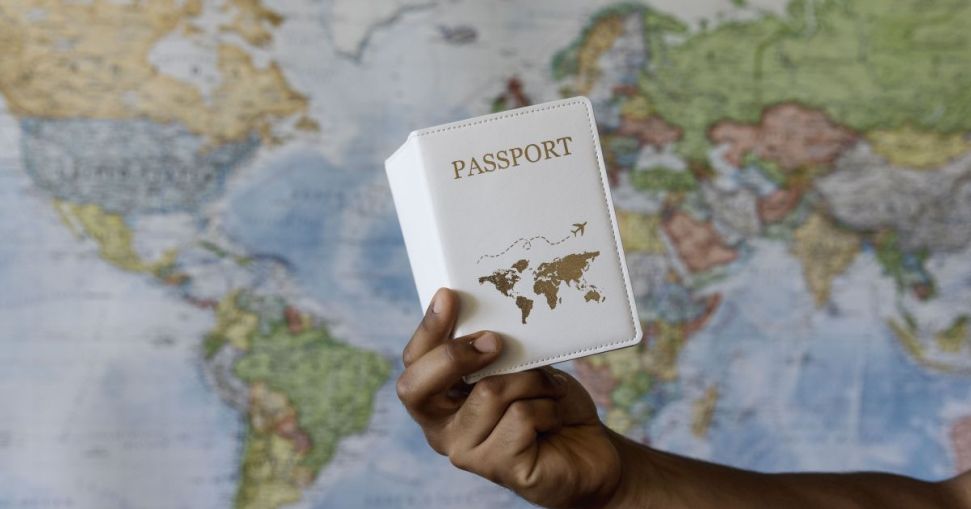
Traveling to India can be a life-changing experience, with its rich culture, diverse landscapes, and fascinating history. However, navigating the visa process can sometimes be overwhelming, especially if you’re not familiar with the rules and regulations. Whether you’re planning a short trip or an urgent visit, understanding the details of the Indian visa system can help ensure a smooth journey.
Understanding India’s Visa System
India offers a variety of visa options depending on your purpose of visit. The most common visa types are Tourist Visas, Business Visas, and Medical Visas. However, there are specialized visas like the 30-Day Indian Visa for short stays and the Urgent Emergency Indian Visa for immediate travel needs. Both of these visa types cater to specific traveler requirements and can be easily obtained if you follow the correct process.
1. THIRTY DAYS INDIAN VISA: Your Quick Solution for Short-Term Travel
If you’re planning a brief visit to India, the 30-Day Indian Visa is an excellent option. This visa is designed for tourists who want to explore India for a short period, whether it’s for sightseeing, attending a family event, or business-related activities. The visa is valid for a duration of 30 days from the date of arrival in India and cannot be extended.
When Does the 30-Day India Visa Expire?
One of the most important things to remember when applying for this visa is the expiration date. As per the guidelines, the visa expires 30 days after your entry into the country. It’s crucial to plan your travels and stay accordingly, as overstaying a visa can lead to penalties or even deportation. If you’re unsure about the visa expiry or have any specific questions, it’s always wise to check the details before booking your flight.
For more detailed information on the 30-Day Indian Visa, including how to apply and eligibility criteria, you can refer to THIRTY DAYS INDIAN VISA.
2. Urgent Emergency Indian Visa: A Lifesaver in Critical Situations
In certain situations, you may need to travel to India urgently due to unforeseen circumstances. Whether it’s for a family emergency, medical reasons, or other pressing matters, the Urgent Emergency Indian Visa is designed for travelers in need of swift approval. This special visa allows you to obtain clearance in as little as 1-3 days, depending on the urgency of the situation.
How to Apply for an Urgent Emergency Visa?
The process for applying for an Urgent Emergency Indian Visa is straightforward. First, you need to provide the necessary documents that justify the urgency, such as a medical certificate, a letter from a hospital, or proof of a family emergency. Once your documents are reviewed, your visa will be processed quickly to ensure that you can attend to your personal or professional obligations without delays.
To apply or learn more about the Urgent Emergency Indian Visa, visit URGENT EMERGENCY INDIAN VISA.
3. Documents Required for the Visa Application
No matter which visa you are applying for, it’s important to have the correct documentation to support your application. Here are the key documents typically required for the Indian visa process:
- A valid passport with at least six months of validity.
- A recent passport-sized photograph.
- Proof of travel, such as flight tickets or hotel reservations.
- Financial statements to prove your ability to support yourself during your stay.
- For the Urgent Emergency Indian Visa, you’ll also need to provide a reason for the emergency, supported by relevant documentation.
Make sure to double-check the requirements based on your specific visa type before submitting your application to avoid delays.
4. How to Apply for Your Indian Visa
Applying for an Indian visa has never been easier thanks to the eVisa system. You can apply online through the official website or trusted visa service providers. The eVisa system allows travelers to complete their applications from the comfort of their homes without needing to visit an embassy or consulate.
Steps for Applying:
- Visit the official visa application website.
- Choose the type of visa you wish to apply for (e.g., Tourist, Business, or Emergency Visa).
- Fill out the online form with accurate details.
- Upload the required documents (passport, photo, etc.).
- Pay the visa fee via a secure payment gateway.
- Wait for approval. In the case of an emergency, you can expedite the process by contacting the relevant authorities.
Once your visa is approved, you’ll receive an electronic visa which you can print out and carry with you while traveling.
5. Conclusion: Making Your Indian Travel Experience Seamless
India offers an incredible array of experiences for travelers, and obtaining a visa doesn’t have to be a complicated process. Whether you’re applying for a 30-Day Indian Visa for a quick getaway or need an Urgent Emergency Indian Visa due to unforeseen circumstances, there are options available to suit your needs.


